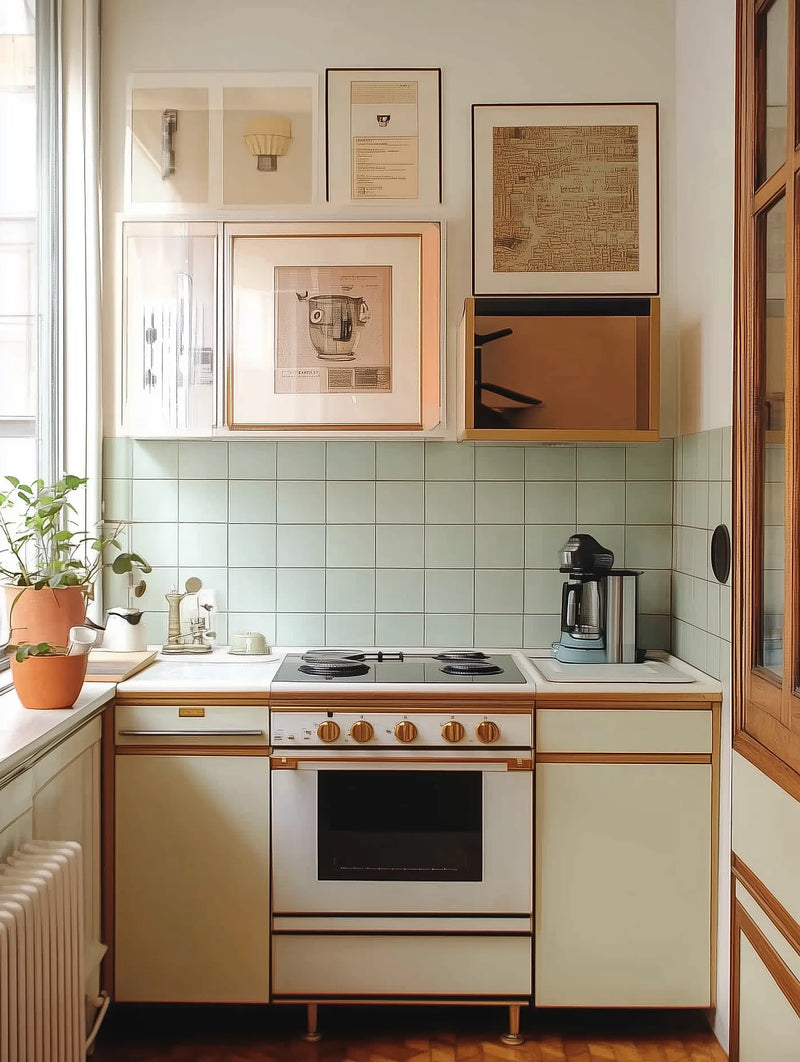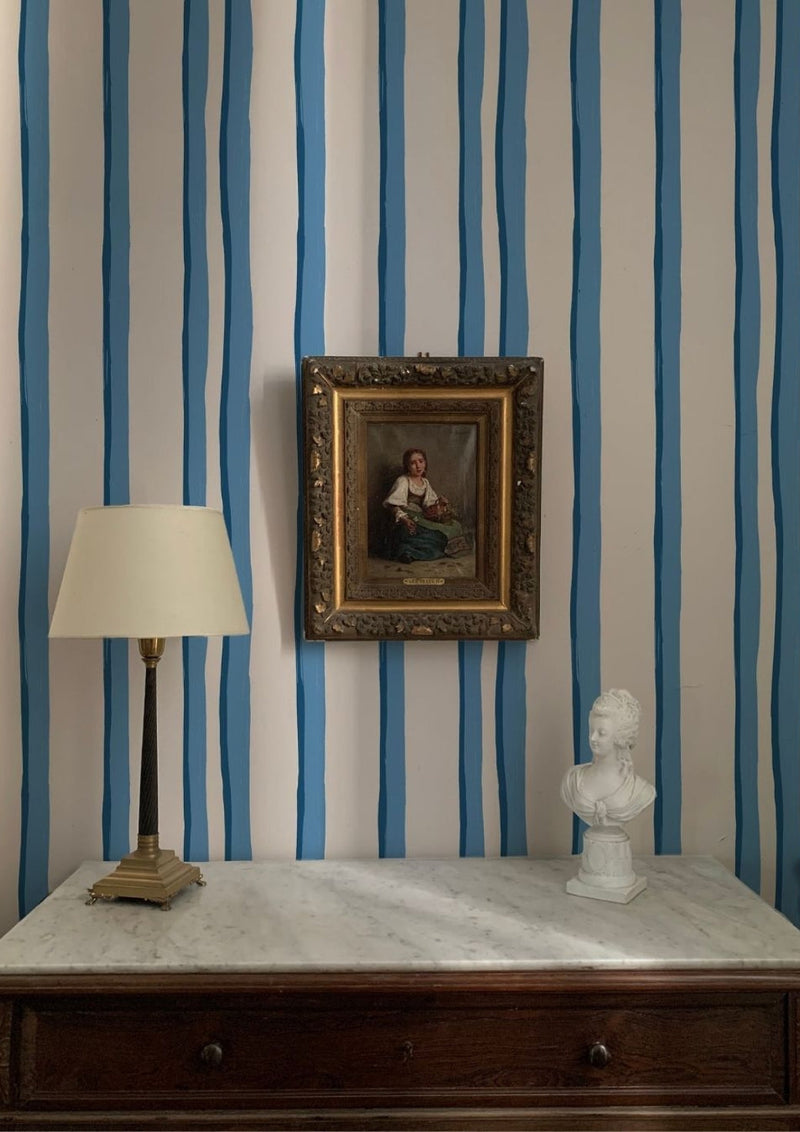This store requires javascript to be enabled for some features to work correctly.
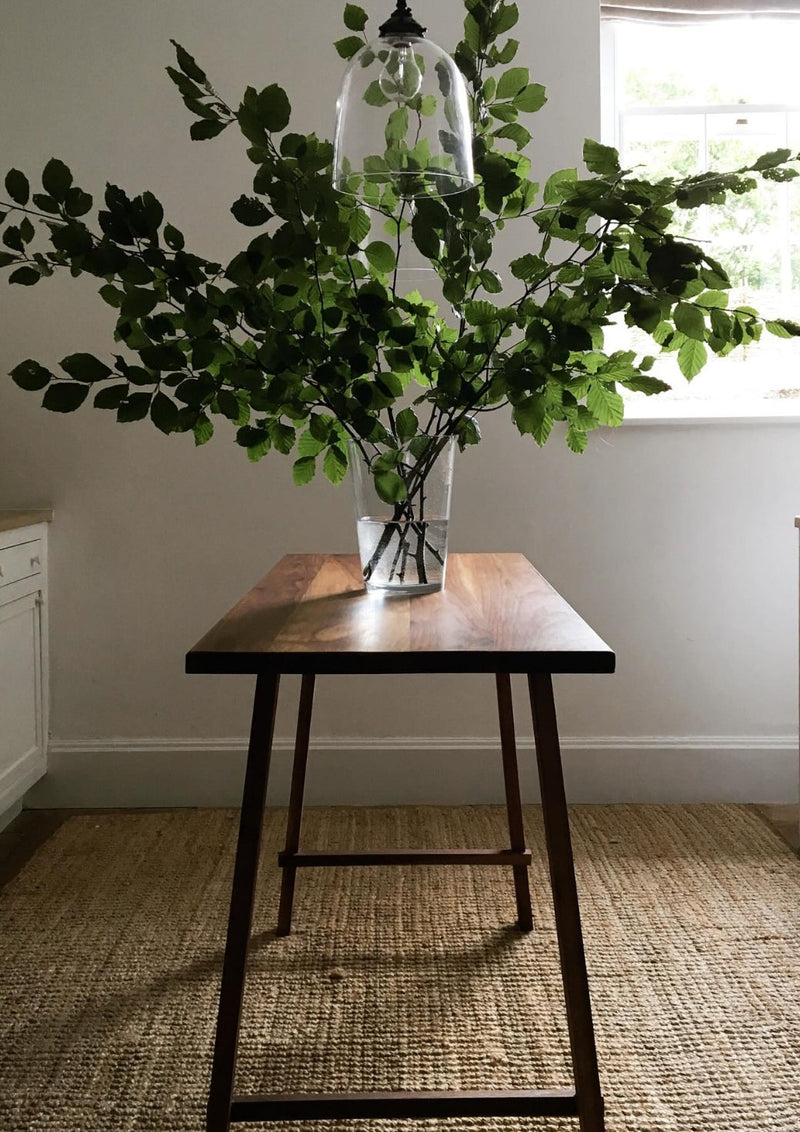
Minimalism: The Art of Living with Less, but Better in Interior Design
Minimalism is more than just an aesthetic; it’s a philosophy that revolves around curating spaces with intention, celebrating simplicity, and allowing each piece to breathe. The best minimalist interiors are not stark or sterile; they are warm, layered, and deeply personal. The key to mastering this effortlessly sophisticated style is understanding how to combine simplicity with meaningful design. In this article, we’ll explore what defines minimalist interior design and how to achieve a refined, welcoming space.
By Marie Winckler
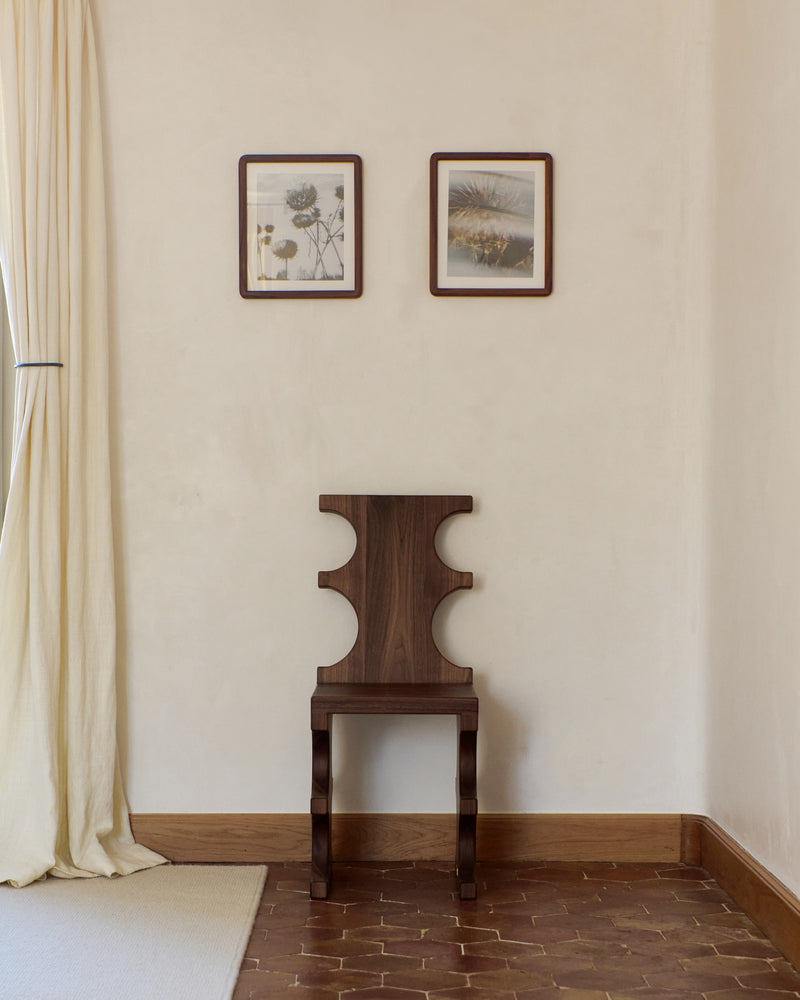
What Defines Minimalist Interior Design?
At its core, minimalism is about stripping away excess to focus on what truly matters. However, minimalism doesn’t have to mean empty or lifeless rooms. A well-designed minimalist home is rich in texture, thoughtful in form, and filled with a quiet, understated luxury. It’s about using clean lines and uncluttered spaces to create a serene environment that feels both modern and timeless. The Aman Tokyo hotel serves as a perfect example of minimalist design, where traditional Japanese craftsmanship is paired with sleek, pared-back elegance. Every element is considered, from the tactile wood paneling to the sculptural stone bathtubs, creating a refined space that speaks to the beauty of simplicity.
How to Achieve Minimalism with Warmth:
✔ Layer textures — think a raw linen sofa next to a smooth travertine coffee table. Contrast = character.
✔ Light it right — soft, diffused lighting makes everything feel warmer and more inviting.
✔ Embrace imperfection — a handmade ceramic vase brings charm without breaking the clean lines.
✔ Stick to less, but better — choose pieces with soul, not just style.
✔ Add depth, not clutter — minimalism doesn’t have to be cold. It just needs thoughtful layers.
Are you an Interior Designer?
Join our Trade Program—a curated community of design professionals with exclusive access to bespoke pieces, trade pricing, and personalized support.
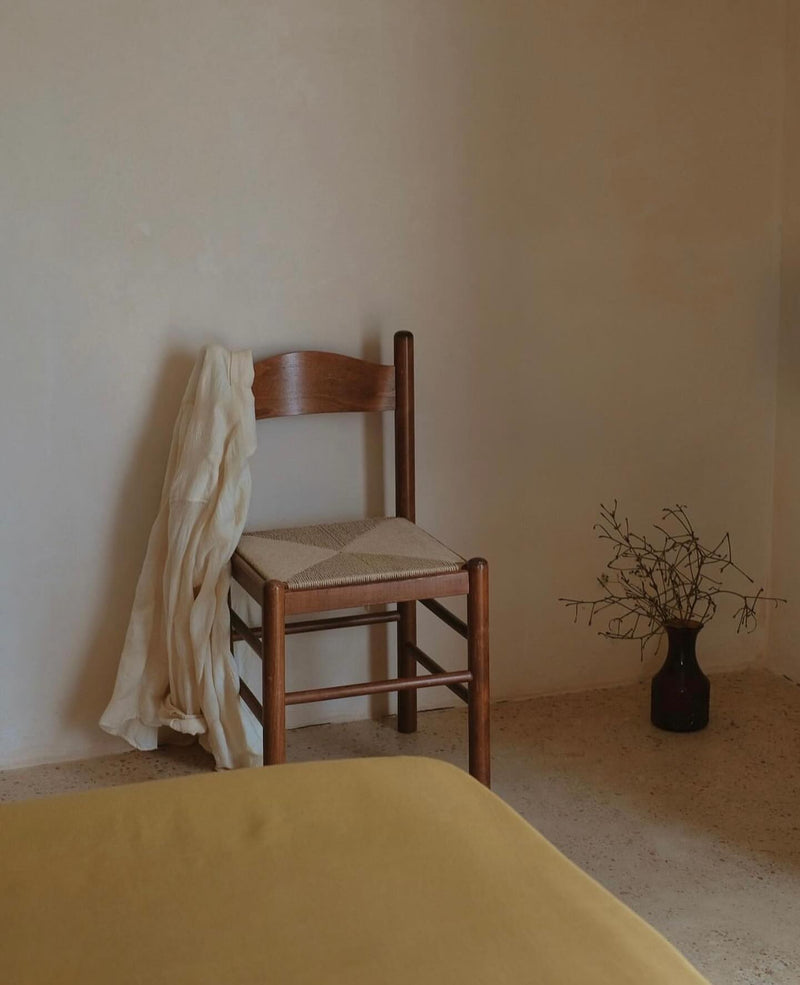
What’s the Role of Colour in Minimalism?
Minimalism doesn’t have to mean an all-white color palette. While white is often used in minimalist spaces, there are many ways to incorporate subtle tonal shifts that add richness to a room. Soft greys, warm beiges, and muted earth tones can create a welcoming environment without overwhelming the senses. For example, chalky off-white walls can reflect natural light beautifully, making a space feel airy and open. Deep, inky blues, used sparingly, can ground a room and add a touch of elegance. Rich materials like caramel leather and walnut wood can lend warmth and depth without overpowering the space. Take a look at the Scandinavian minimalism of Noma’s interiors in Copenhagen; they embrace neutral tones but do so in a way that’s far from boring.
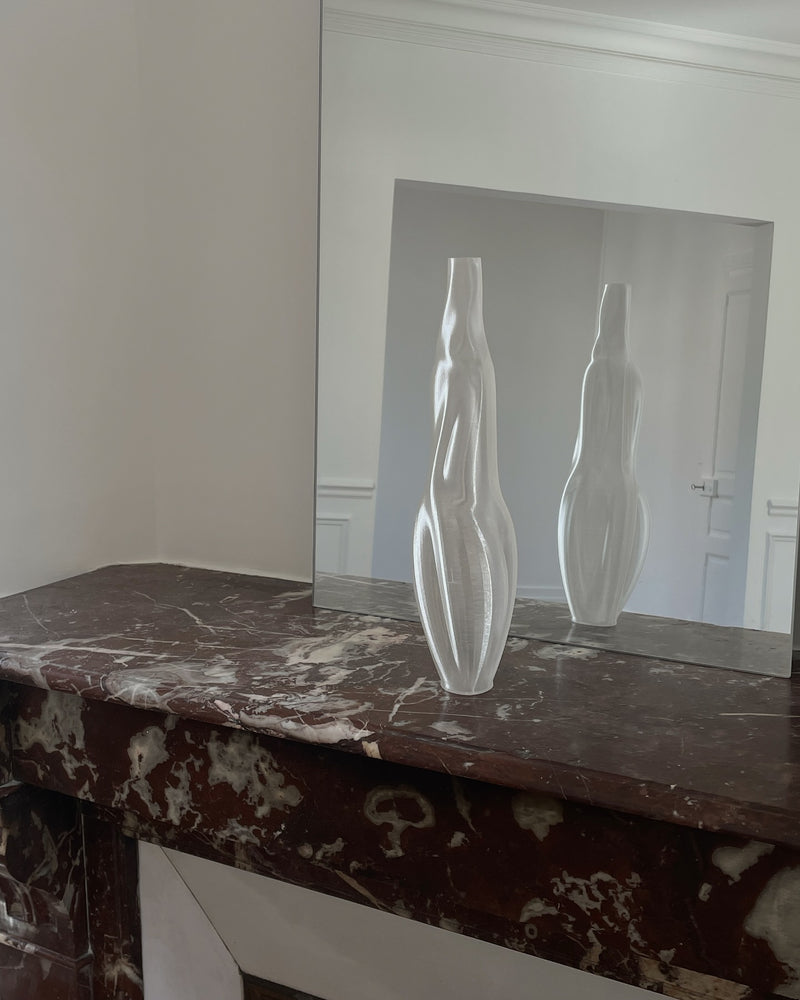
Can Minimalism Work with Vintage and Eclectic Pieces?
Absolutely! Minimalism isn’t about erasing personality; rather, it’s about curating with precision. A great minimalist interior allows history and character to shine in the right setting. A singular, well-chosen vintage piece can anchor a room, creating balance in an otherwise minimalist space.
For instance, a vintage Murano glass lamp placed beside a clean-lined travertine side table strikes the perfect balance between old and new. An antique bar cart next to a sleek Bauhaus-inspired floor lamp offers a striking contrast that feels cohesive rather than chaotic. Even a surrealist contemporary print in a baroque gold frame can be integrated into a minimalist design, as long as it complements the space. Minimalism doesn’t erase history—it allows it to shine through thoughtfully selected pieces.
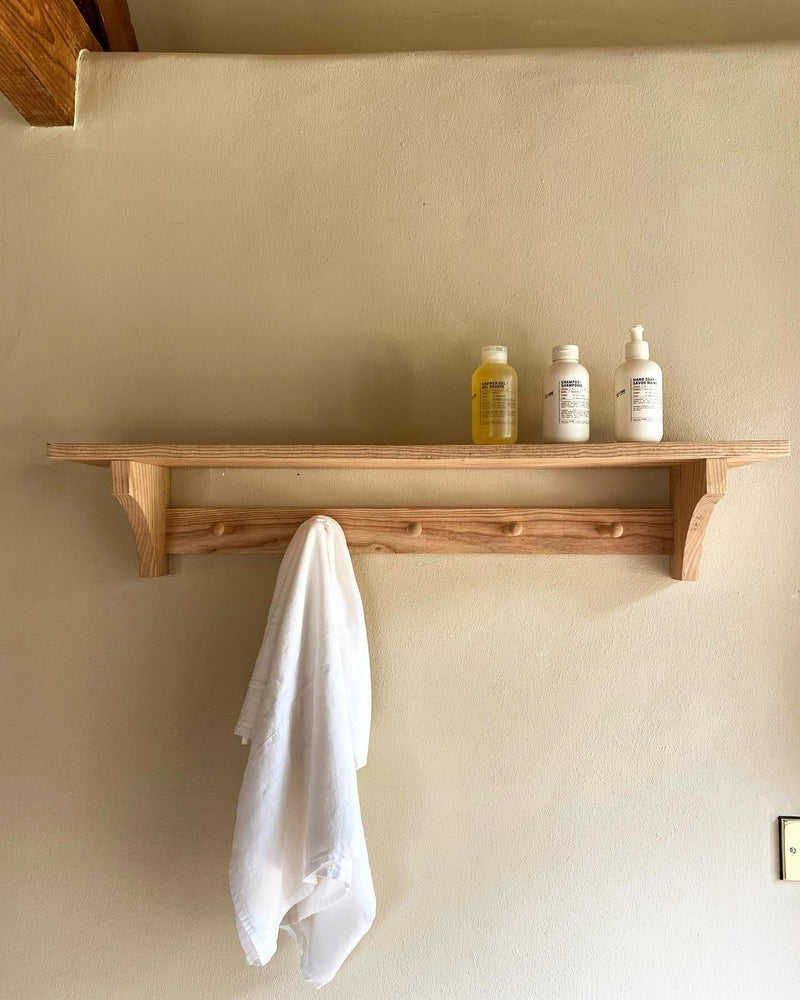
What Are the Best Materials for a Minimalist Home?
When you remove the embellishments, the materials you choose take center stage. This is where quality becomes paramount. Natural wood, like oak, walnut, and ash, can lend a sense of warmth and authenticity to a minimalist home. Stone, such as travertine, marble, and polished concrete, offers a quiet kind of luxury that complements the overall aesthetic. Soft textiles, like linen, boucle, and cashmere, can provide subtle softness and comfort without overwhelming the design. Matte metal finishes, like brushed brass or blackened steel, add just the right amount of edge and sophistication to the space. At Maison Flâneur, we believe that design should tell a story, which is why our collection includes artisanal, carefully curated pieces that blend craftsmanship with modern sensibilities.
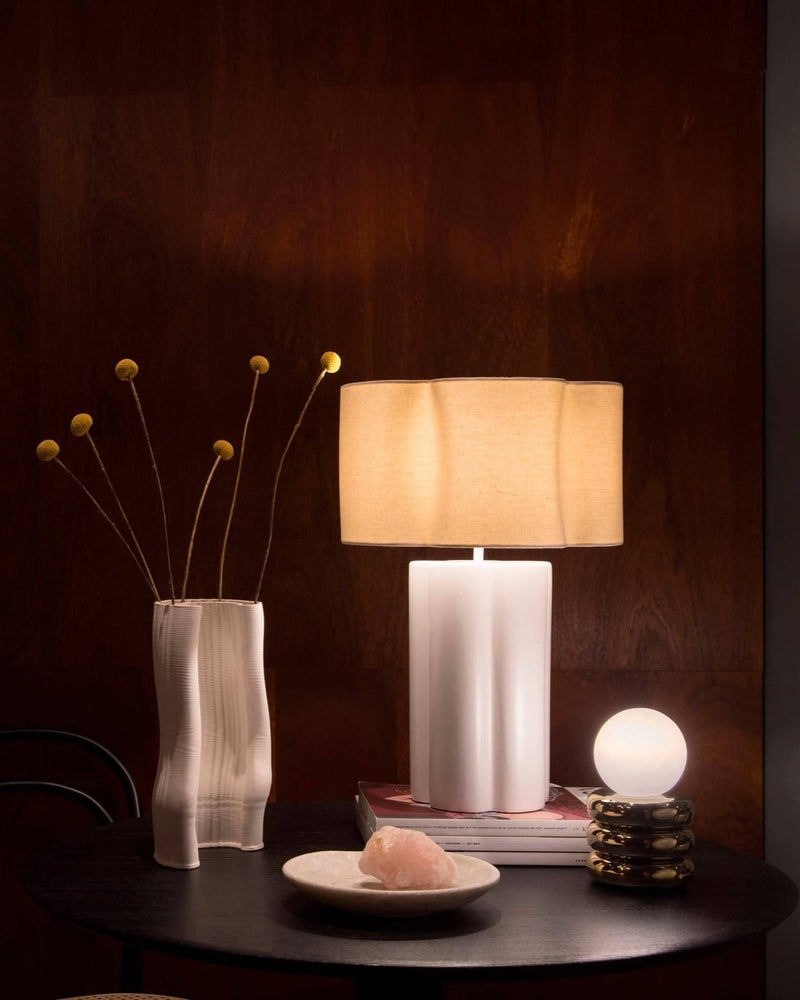
Where Does Minimalism Work Best?
Minimalism isn’t reserved for sprawling penthouses or curated boutique hotels—it can work in any space. In small apartments, for instance, it’s about emphasizing function through multi-use furniture and clever storage solutions.
In luxury hotels, minimalist design creates a serene retreat where the focus is on comfort and relaxation, with soft lighting, natural materials, and sculptural furniture creating a tranquil atmosphere. In workspaces, a minimalist design reduces distractions and enhances focus, providing an intentional, pared-back environment. The Soho House aesthetic is a perfect example—thoughtfully minimalist but always welcoming.

Can Minimalism Be Luxurious?
Minimalism and luxury are not mutually exclusive. In fact, when done correctly, they go hand in hand. Luxury in minimalism is about investing in fewer, but better, things—timeless designs that will outlast trends. For instance, a single statement chair can have more impact than multiple filler pieces. Thoughtfully curated décor, like an elegant piece of art or a rare sculpture, can spark conversation and elevate a space without overcrowding it. The key to luxury in minimalism is choosing pieces that feel as good as they look—like a cashmere throw draped over a sculptural sofa.
For a deeper dive into various design styles, check out Maison Flâneur’s comprehensive guide to interior design styles. While minimalism is one of the most popular choices, it’s just one part of a larger design conversation.
FAQ
What are the main principles of minimalist design?
Minimalist design is about simplicity, functionality, and intentionality. It prioritises clean lines, open spaces, and a restrained colour palet
Can a minimalist home have colour?
Absolutely! While neutral tones are common, deeper hues like inky blues, muted greens, and warm terracottas can add depth and richness.
How do I make minimalism feel personal?
Curate thoughtfully! Invest in statement pieces, mix textures, and incorporate elements with sentimental value rather than unnecessary decor.
































